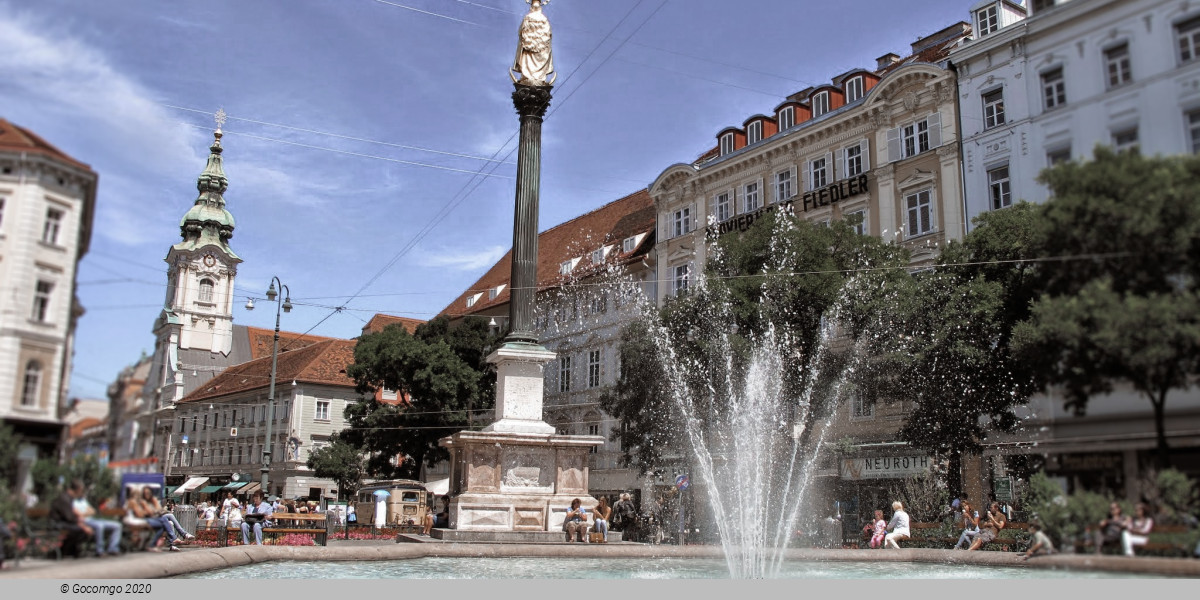Graz

Graz is the capital city of the Austrian state of Styria and second-largest city in Austria after Vienna. Graz is known as a college and university city, with four colleges and four universities. Combined, the city is home to more than 60,000 students. Its historic centre (Altstadt) is one of the best-preserved city centres in Central Europe.
As of 1 January 2021, it had a population of 331,562. In 2018, the population of the Graz larger urban zone stood at 652,654, based on principal-residence status.
In 1999, the city's historic centre was added to the UNESCO list of World Heritage Sites and in 2010 the designation was expanded to include Eggenberg Palace (German: Schloss Eggenberg) on the western edge of the city. Graz was designated the Cultural Capital of Europe in 2003 and became a City of Culinary Delights in 2008.
For the year that Graz was Cultural Capital of Europe, new structures were erected. The Graz Museum of Contemporary Art (German: Kunsthaus) was designed by Peter Cook and Colin Fournier and is situated next to the Mur river. The Island in the Mur is a floating platform made of steel. It was designed by American architect Vito Acconci and contains a café, an open-air theatre and a playground.
The historic centre was added to the UNESCO World Heritage List in 1999 due to the harmonious co-existence of typical buildings from different epochs and in different architectural styles. Situated in a cultural borderland between Central Europe, Italy and the Balkan States, Graz absorbed various influences from the neighbouring regions and thus received its exceptional townscape. Today the historic centre consists of over 1,000 buildings, their age ranging from Gothic to contemporary.
Graz hosts the annual festival of classical music Styriarte, founded in 1985 to tie conductor Nikolaus Harnoncourt closer to his hometown. Events have been held at different venues in Graz and in the surrounding region.

